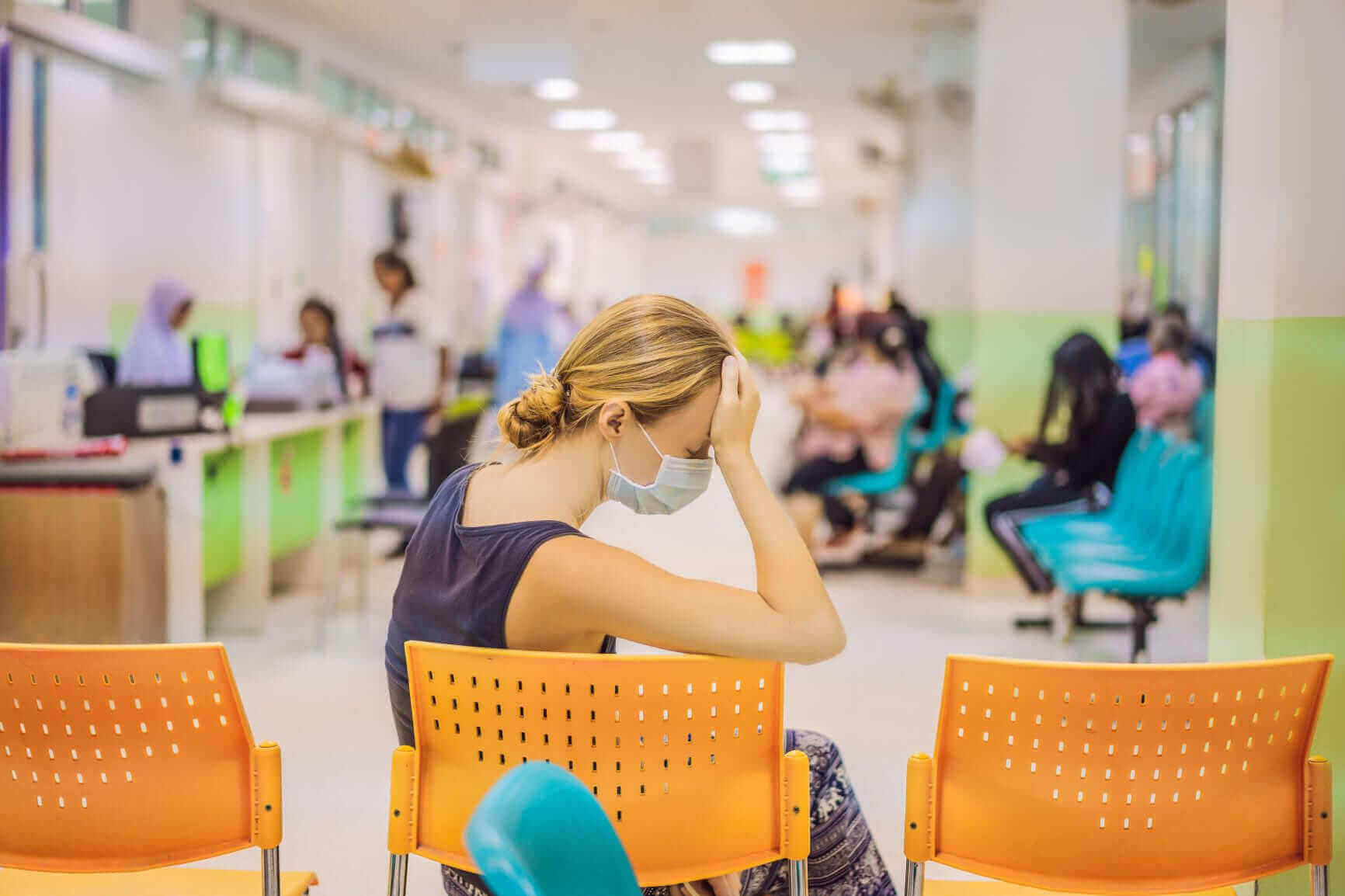Where to Go for Medical Help

There are plenty of places to go when you are seeking medical care, such as a walk-in clinic, primary care provider, and the emergency room. However, it’s not always clear which is the best place to go, especially for non-emergency situations.
In addition, where you go for care can impact how much you’ll pay. Learn about the differences between healthcare facilities to determine where you should go for medical help.
If You Can, Visit Your Primary Care Physician
Your primary care physician (PCP) is typically the best choice for non-emergencies. They know your medical history, prescriptions, etc. The copay at your doctor’s office will be lower than what you would pay at urgent care or the emergency room. According to Debt.org, the average copay cost for in-network treatment providers is $15 to $25 for a PCP, $75 to $100 for urgent care, and $200 to $300 for an emergency room visit1.
You can also manage healthcare expenses if you choose a PCP that is in your insurance provider’s network. Costs for out-of-network visits can quickly add up. If you have the option, you might want to stay in-network.
If you don’t have a PCP, it’s important to get one. Preventative care can reduce your healthcare costs over the long-term. Check out in-network providers and make an appointment with a PCP, even if you don’t have an immediate need.
Go to a Walk-In Clinic or Urgent Care for Non-Emergencies
Urgent care centers or walk-in clinics typically treat many of the same conditions as PCPs. They may also have hours that are more convenient, as they are usually open evenings and weekends. Generally, visit urgent care if you have a minor injury or illness and can’t see your doctor within 24 hours. Do not use urgent care as a substitute for a PCP.
Overhead costs, diagnostic testing, and estimated visit costs are a few reasons that urgent care is more expensive than primary care. However, most insurance plans do cover urgent care visits. If you do have to pay out of pocket, expect to spend around $2002.
While costs are usually higher than what you would pay to visit your PCP, urgent care is almost always cheaper than the emergency room for acute injury or illness.
Use the Emergency Room for Emergencies
Going to the emergency room for non-emergencies can be very expensive. In fact, a study from UnitedHealth Group found that emergency room visits for primary care treatable conditions cost over $2,000 on average. That’s 12 times higher than a PCP, and 10 times higher than urgent care3.
The emergency room is not for prescription refills or treating minor cold and flu symptoms. If you have an acute injury or illness, call your PCP or first. They can recommend if you should come to their office.
It is more cost effective to seek medical care at a walk-in clinic or your PCP. It can also save you time, as the ER must triage patients based on severity of symptoms.
Importantly, cost should not be your only consideration when choosing where to go for medical care. If you have an emergency, you should call 911 or go to the emergency room. Examples of emergencies include but are not limited to:
- Intestinal bleeding
- Vomiting blood
- Chest pain
- Abdominal pain
- Poisoning
- Severe allergic reactions
- Unconsciousness
- Head or neck injury
Knowing your options can impact the care you receive and how much you spend. Take a look at other healthcare expenses to see where you can save, including your prescription medications. You may be able to reduce out-of-pocket expenses with a prescription discount card or prescription coupons. Anyone can use these resources, regardless of insurance coverage.
SOURCES:
